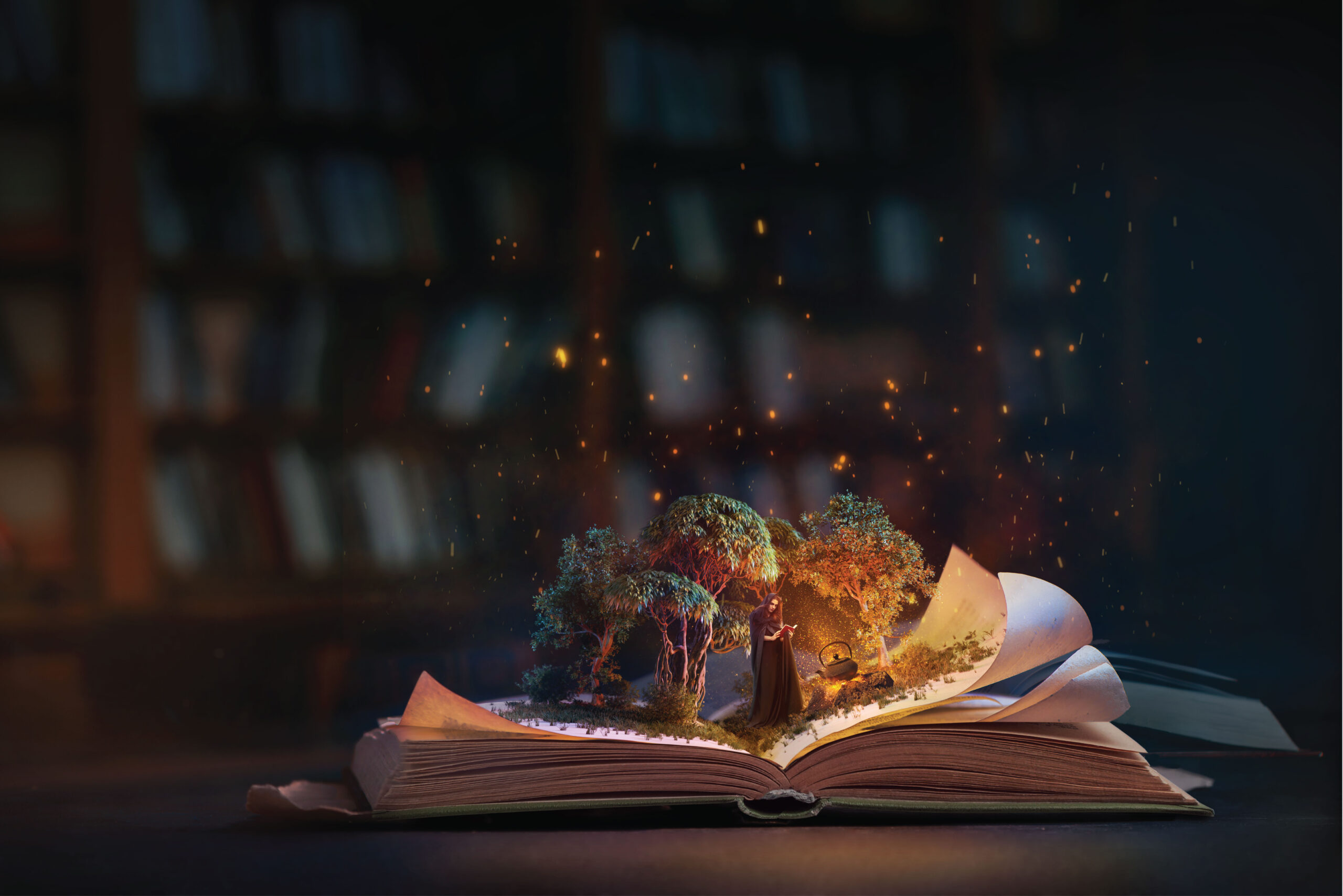What's next?
Interested?
Leave your details here.
HOW MUCH DO YOU KNOW ABOUT READING?

There are two types of reading: Rapid Reading and Intensive Reading. Rapid reading describes how we commonly read literature such as newspapers, magazines and novels. Intensive reading is accomplished by reading texts closely and understanding the content in our own words.
When we read rapidly, we follow the meaning of words and expressions, imagine the scenes, enjoy the effects produced by the author’s diction and attempt to get information from the text. Compared to rapid reading, intensive reading has different characteristics. When we read intensively, we tend to be more logical by being aware of each element of the text, considering the implication of each word and interpreting the phrases in our own words.
In short, we can say that the ability to read rapidly is based mainly on the reader’s vocabulary power. The ability to read intensively is based mainly on the reader’s ability to think logically in a broader sense.
The Kumon Instructional Approach covers both rapid and intensive reading using the two main materials of the Kumon English Programme: The Recommended Reading List (RRL) and the worksheets.
By using the RRL to guide students in their selection of books, it will help them enhance their vocabulary power. When reading books from the appropriate level, students can determine the meaning of an unknown word through its context, sense the connotation and nuances and produce images from the text. These abilities enrich the students’ knowledge of the denotation (dictionary definition) of a word. Through these processes, the range of each word’s meaning can be expanded into a multi-layered ‘network’ of meanings. Students can then read the text more rapidly and accurately by perceiving subtler nuances and effects.
The worksheet study allows students to develop the ability to think logically and analytically. Students are required to concentrate on a specific part or element of a text to complete exercises that focus on rewriting sentences, paraphrasing parts of the passage or summarising the passage. Naturally, they have to read each text repeatedly, if necessary, and analyse the elements focused upon, and their relationships by having a general understanding of the whole text. Through these processes, students enhance their logical ability to analyse the theme of the text to reveal the author’s real intention, which is sometimes hidden but often can be clarified using clues in the text. This also prepares students for paraphrasing and providing feedback on the texts.
In short, Rapid Reading ability is based on the students’ vocabulary power, which can be enriched through controlling the book selection using the RRL. On the other hand, Intensive Reading ability is based on the students’ logical thinking ability, which can be developed through worksheet study.
The Recommended Reading List (RRL)
The Recommended Reading List (RRL) is a book list that is compiled to suit the ‘just right’ level for each student. Each book must meet a certain criteria to be on the list. When choosing the books, we should aim to…
- Choose award-winning books, best-selling books and books nominated in published book lists.
- Calculate the readability score of each book by using an authorised readability formula
- Sort the books in order of their readability scores
- Classify the books by levels that have certain readability ranges
- Select books carefully to keep diversity in the content as well as to avoid biases.
We basically follow the objective of the reader when sorting books into levels. Students like to read books if the readability of the book matches their current reading ability. It this matching has been achieved, students can enjoy a wider range of books. Each student can easily be guided to read books from a variety of genres and possibly develop new fields of interest. This approach balances the student’s tendency to read only certain types of books.
Also, students can choose books without being restricted by age or school year; young students can naturally read books written generally for older readers and on the contrary, some secondary school students can enjoy picture books. As a result of our attaching importance to the readability scores, the list has become a unique one designed to find the ‘just right’ level books for each student.

